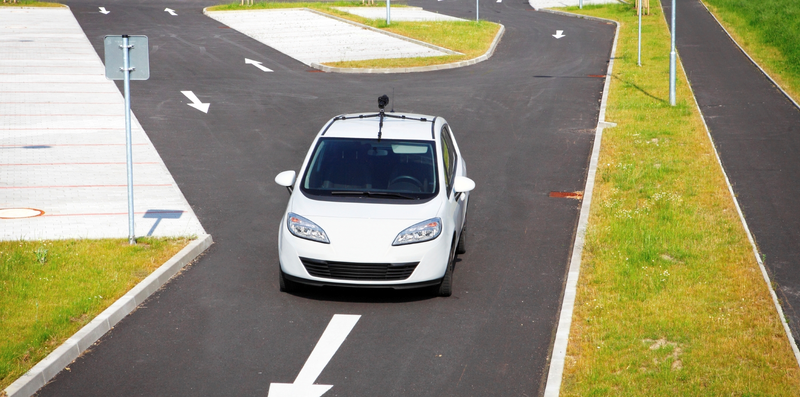Safety first: Why you should change your view on autonomous cars

(c)iStock.com/narvikk
They’re the cars of the future, but many people are still concerned about the safety of autonomous cars. Can a car that drives itself really be safe and trusted on the road? Set your fears aside, because self-driving cars are actually incredibly safe and could lead to a much safer driving environment for everyone.
New technology
The core of a safe autonomous car is its operating system. Because they don’t rely on a human driver for control, autonomous vehicles have a completely different software system than what drivers are used to. However, these systems have been reworked and tested for millions of miles to ensure safety.
Most autonomous cars use some form of LiDar technology, which takes up to 1.3 million readings per second to essentially create a 3D model of what’s around the car in real time. The LiDar sensor can reach distances of 100 meters around the car and helps the system know what’s around the car so it can respond almost instantly. If someone steps into the road or there is debris in the lane, LiDar can detect it and give the car plenty of time to respond—in many cases, the response times are quicker than they would be with a human driver.
Autonomous cars are also programmed with current data for streets, including intersections, bridges, and other permanent road features. Most experts agree that autonomous cars will alleviate traffic and accidents because they will be more predictable and programmed than human drivers.
Autonomous cars are currently in various degrees of testing, and they have generally had great success so far. Google’s autonomous cars have driven millions of miles with only a handful of minor accidents that were caused by the vehicle, which is a huge improvement over accident levels of traditional cars.
New regulations
The federal government just released its first autonomous car regulations regarding the manufacturing and selling of autonomous cars. One of the major announcements was a newly required15-point safety assessment that all autonomous cars will have to pass before they can be driven on the open road. These safety requirements include details on how a car’s system will handle conflicts on the road and change its approach as needed. Up until now, autonomous car companies have been able to develop cars with various safety features, but the new regulations bring autonomous cars up to the same standardized regulations that exist among human-driven cars.
New thinking
The most common cause of car accidents is driver error, largely from distraction or fatigue. Even a safe car like the Toyota Corolla LE can cause an accident with a distracted driver. In fact, driver error is estimated to cause90% of accidents, which kill around 3,500 per day around the world. Autonomous cars take away the chance for human error by putting the car in control of an incredibly smart and adaptable computer. By simply taking humans out of the equation, we could save millions of lives every year and save the United States an estimated $400 billion in the annual cost of accidents.
Turning controls over to a computer definitely takes some getting used to, but more Americans are getting on board with the idea. A growing number of Americans say they trust self-driving cars and their safety, but a large percentage of the general population still isn’t sure. Perhaps the most telling statistic is that94% of people who currently drive cars with some autonomous features, like automatic parking or lane assist, say that autonomous cars are safe. This goes to show that people who have used the technology realize its safety effectiveness.
Self-driving cars will likely only continue to get safer as development continues and more regulations are put in place. Within just a few years, we could be safely riding down the road with the car in complete control.

Leave a comment
Alternatively
This will only be used to quickly provide signup information and will not allow us to post to your account or appear on your timeline.